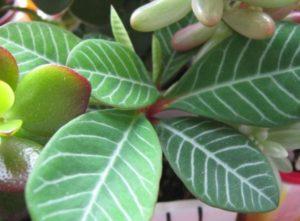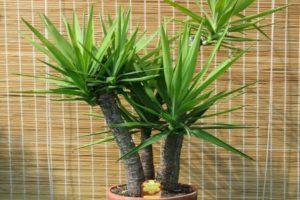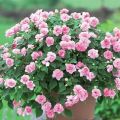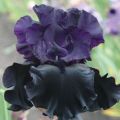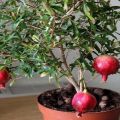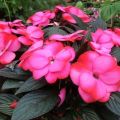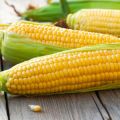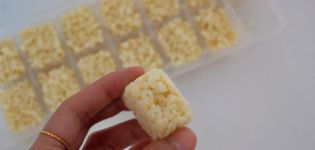Varieties and varieties of flower Vanka wet with description and characteristics
Balsams are houseplants loved by gardeners. Among the people, the flower is affectionately called Vanka wet, Ogonyok, Impatient, there are many varieties and color variations of this plant. Balsam blooms almost all year long, taking only the winter months for a breather. The birthplace of Ogonyok is the tropical forests of Zanzibar. The flower received its original folk names for a wet stem and abundant sap flow in the event of breaking off branches and leaves.
Description
Vanka wet takes pride of place on the Russian windowsills along with geraniums. Grows without transplants in a pot for several years. When grown outdoors, it is an annual plant. Main characteristics and distinctive features:
- A thick, juicy stem with high fragility.
- Leaves are rich green with small "teeth" at the edges.
- Demanding for regular watering, does not tolerate dry soil.
- Flowers are of two types: double and non-double.
- The bush is compact with a shallow superficial root system.
Note: All types of balsams are native to tropical forests: they love moisture, but cannot stand direct sunlight. Leaves can get burned, plants need to be shaded.
The color variety is impressive: red, yellow, white, pink, purple, orange inflorescences in various combinations and shades.
Application
Annual options are used in personal plots and city flower beds. Balsams are planted in alpine slides and in group plantings. Landscape designers successfully use various color combinations of different varieties of Vanka wet.
Balsam is indispensable for decorating terraces, verandas and balconies, hanging pots. As a beautiful houseplant, Ogonyok has been used since time immemorial, decorating Russian window sills. The flower is distinguished by amicable abundant flowering and bright colors.
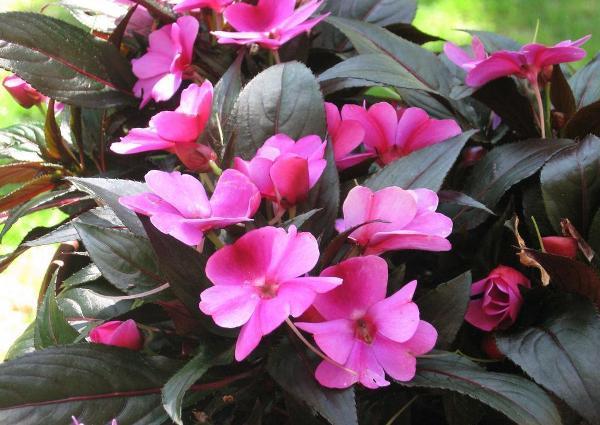
Species diversity
Balsams with double flowers have become especially popular. Under natural conditions, the height of the plant can reach 1 meter, for indoor cultivation, undersized varieties up to 50 centimeters in height were bred and used.
Botanical classification
There are more than 500 species of representatives of the Balsaminov family. Only 8 basic natural species are suitable for our latitudes.Over the past decade, a sufficient number of hybrids have been bred, acclimatized to the Russian climate. Balsams are classified into three main groups by breeders.
First group
Natural, traditional varieties of Waller's popular balsam. It is grown outdoors and is an unpretentious indoor plant. Available in various colors and variations. The group is constantly updated with new hybrids.
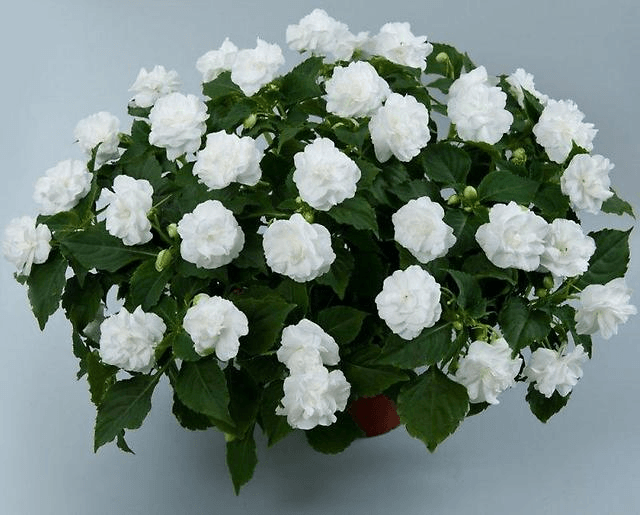
The second
Artificially bred modern hybrids obtained by crossing Waller's balsam. Breeders use the so-called manual pollination of parent single lines.
Third
New Guinea hybrids of the highland islands of New Guinea and the island of Java. Representatives of this group are distinguished by a thicker stem and a compact bush. Suitable for growing on a windowsill.
To size
By the shape and height of the bush, dwarf, medium-sized and tall species are distinguished. Dwarf and medium-sized forms are best suited for indoor cultivation. Tall species are used to decorate landscapes of personal plots.
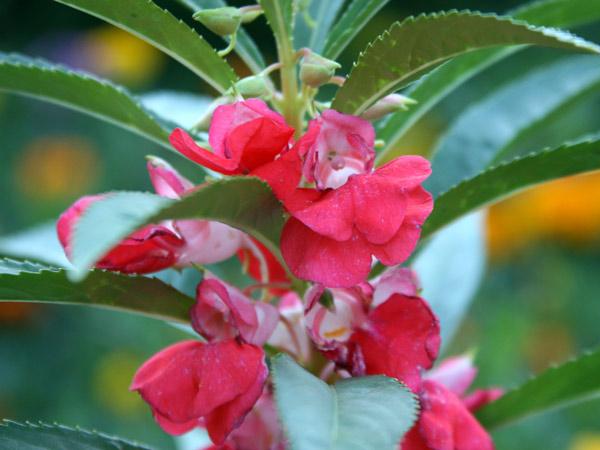
Dwarf
The height of such plants is only 20 centimeters. Bushes are highly branched, distinguished by short internodes and juicy strong stems with small pointed leaves.
Medium-sized
Instances with a bush height of 40-50 centimeters are considered medium-sized. The distance in internodes increases, the stems and branches are extended upward.
Tall
Garden giants, the height can reach 1.5 meters. The flowers are large, the bush is spreading, the stem is extended upward, the leaves are large, pointed in shape.
By form
There are different types of balsam flowers. The number of petals, stamens, the thickness of sepals and their location - according to all these features, they distinguish rosaceous, clove-colored and camellia-like forms.
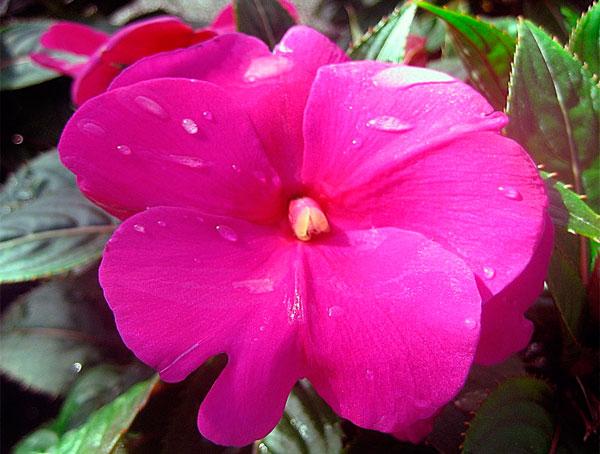
Camelliaceae
Flowers are distinguished by the correct classical arrangement of petals. Color variety - 9 colors. Small white dots can be seen on the petals.
Carnation
Balsams of this group are similar in appearance to Dutch carnations. The petals can have white stripes, spots and dots.
Rosy
Terry options. Popular for indoor growing, designed to decorate balconies and terraces.
Description of popular varieties of balsam
There are a great many varieties of Vanka wet, every gardener can easily pick up a beautiful specimen for various growing purposes. It is important to study varietal characteristics and choose the right variety depending on the region and destination.
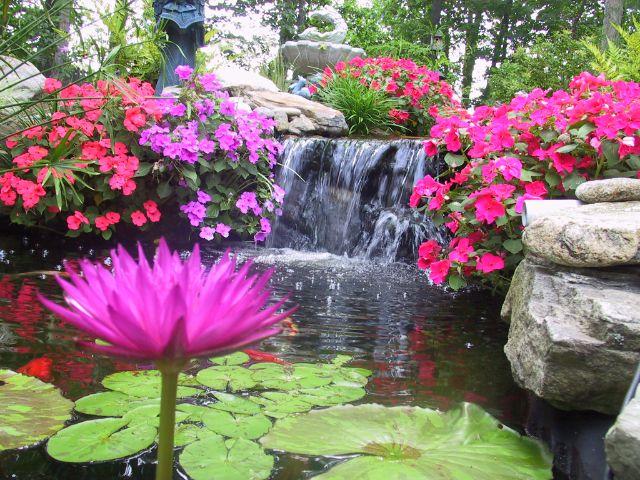
Waller
Herbaceous perennial, also grown in the form of an annual plant. Differs in juicy thick stems and attractive flowers of various colors. The height of the bush is 50 centimeters. Waller's balsam is the basis for creating hybrids.
Garden
An annual plant for front gardens, city beds and alpine slides. The height of an adult plant is 1 meter. Differs in fragility and weak winter hardiness. Popular varieties: Camellia Flores, Baby Bush, Tom Tumb.
Camellia
Balsams of this type are characterized by a pyramidal shape, the stems are thick, fleshy, juicy. Lush flowers, of various shades, are formed in the axils of the leaves, the height of the plant is 50 centimeters.
New guinea
African varieties in our climate are grown as annuals to decorate balconies and terraces. Suitable for indoor growing, blooms all year round. The leaves are dark green with purple veins. A compact bush, 50 centimeters high.
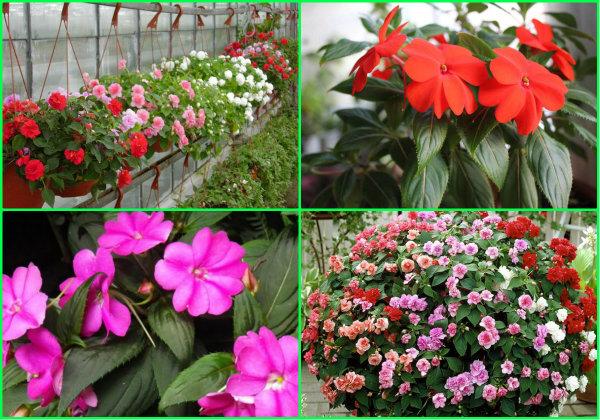
Niamey
A hardy type of indoor balsam with two-tone flowers of the original shape, reminiscent of a Venus slipper. The height of an adult plant is 60 centimeters. Flowers are arranged on long, thin pedicels.Requires pruning to form a bush.
Sultanoid
Originally from Africa. Differs in increased fragility of the main stem, takes root by cuttings. Height - 40 centimeters. There are various color variations.
Balfour
Garden type of balsams. It blooms and bears fruit in the open field. The plant is tall, more than 1 meter. Flowers are small, located on thin, long stalks.
Ordinary
A wild plant growing along the banks of rivers and streams. Able to form continuous thickets. Flowers of the original orchid shape, yellow. It is used in folk medicine as an anti-inflammatory agent.
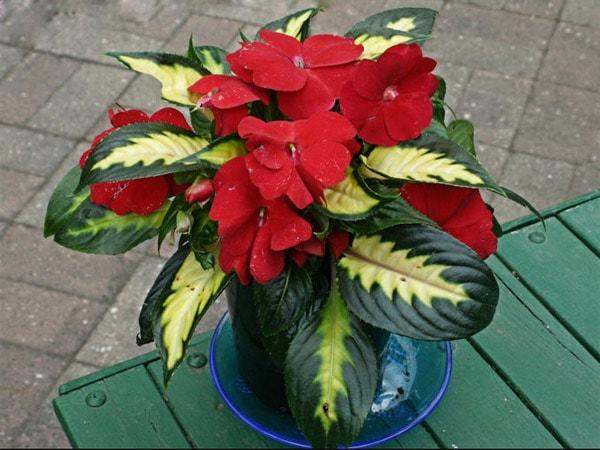
Creeping
The birthplace of the flower is Sri Lanka. Representative of creeping balsam. Forms flowers of bright yellow color, grows well in indoor conditions. Leaves with burgundy veins in the shape of a heart.
Small-flowered
A kind of weed native to Siberia. Flowers are small, inconspicuous, yellow. It quickly spreads and captures new territories.
Iron-bearing
An annual plant native to India, up to two meters high. At the base of the leaf plate there are peculiar glands. Spreading bush, flowers are simple, delicate. It is used for decorating fences and barriers.
Kandy
Hybrid form of balsam. Differs in large five-petal flowers of various colors. A compact bush, ideal for alpine slides and tall beds. It is planted in flowerpots and hanging pots.
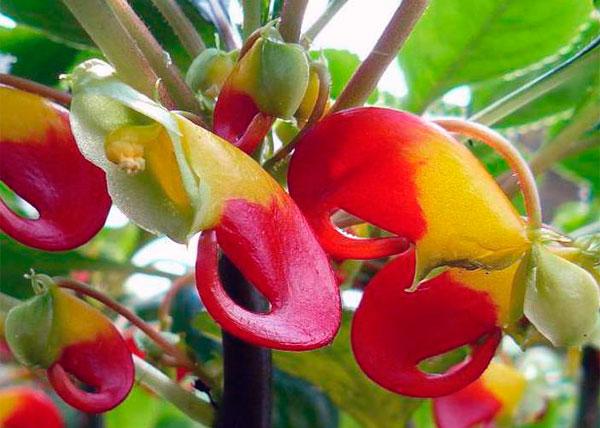
Strawberry with cream
Orchid hybrid with double red and white flowers. Suitable for indoor and outdoor cultivation. The bush is compact, spreading, branches well.
Peters
African variety, similar in structure to Waller's balsam. The plant is elongated upward, the leaves are large, pointed in shape. Dwarf variants and tall types were bred.
Orchidaceous
An exotic view of indoor balsam. Differs in large flowers of unusual original shape, resembling a slipper. Possesses weak winter hardiness, does not tolerate cold snaps.
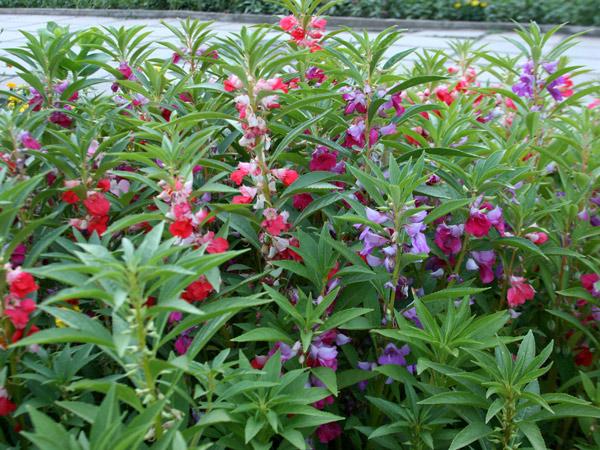
Thumb Boy
Differs in large double flowers of various colors. Suitable for growing on the windowsill and outdoors. The tops must be pinched; for abundant flowering, use tight small pots.
Cutie
Forms a small dwarf compact bush no more than 20 centimeters high. The flowers are white with a pink center. Suitable for growing in balcony boxes and flowerpots.
Salmon Chiffon
Large double flowers of delicate salmon color are a distinctive feature of the variety. The spectacular appearance of the bush is achieved in group plantings and individual containers. The bush is compact. Salmon Chiffon blooms profusely, flowers completely cover the plant.
Pink terry
The flowers resemble tea roses. Abundant flowering, compact bush. It is grown indoors and in city flower beds.

Ampelny
An ornamental plant for indoor and outdoor growing conditions. Ideal for hanging planters, the stems bend easily and go down from the pot.
Glandular
A wild type of balsam is colloquially called Impatiens. Not suitable for indoor growing. An annual poisonous honey plant native to Asia, which has taken root on the territory of Russia. The flowers are pink in various shades.
Annual
They are used to decorate city flower beds. As a rule, the leaves of such plants are small. Recommended for beginners due to their ease of care and maintenance.
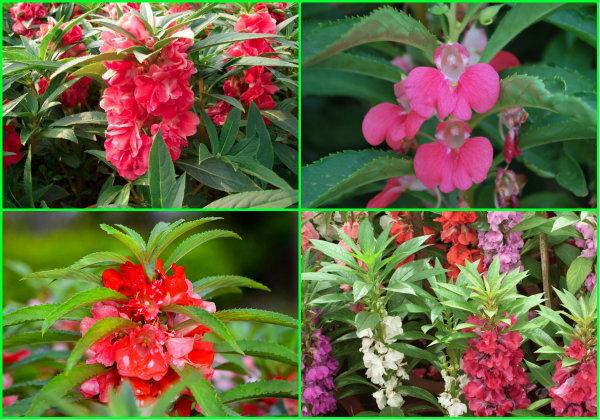
Reviews
Bulygina Valentina Petrovna, 35 years old, Kazan: “I can't imagine my garden without balsams. Wonderful unpretentious flowers. I plant ampel varieties in hanging flowerpots and decorate the terrace with them. In high beds I plant terry species together with fuchsia, alternating with hosts. The Boy-with-finger variety is my favorite.I buy only hybrid seeds, I collect the rest myself, it's very simple, the seed material is large, it looks like peas. I recommend using Vanka wet in flowerpots and group plantings. "
